Material vs. Development: The Compensation Concept
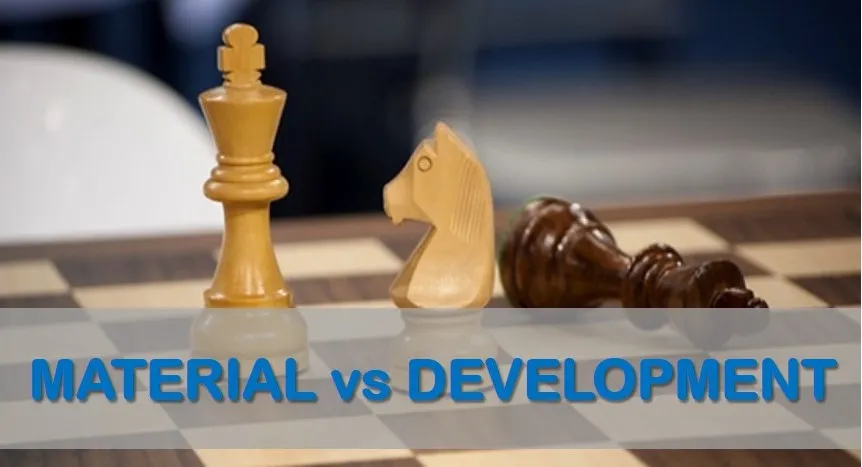
One of the most difficult concepts to explain to beginners is the concept of “compensation” in chess.
As a trainer I have seen many of my pupils struggling to correctly evaluate unbalanced positions, no matter what side are they on.
When can you afford to sacrifice a pawn? When is it okay to take a pawn? These are questions difficult to answer. Why? Because it depends solely on the characteristics of each position and a player needs to use his intuition in order to estimate the risks accurately.
We can define “compensation” as the positional advantages one side has in return for material loss. Another type of short term compensation refers to lead in development or immediate attacks.
We will list some examples of the most common cases of compensation below:
- The Bishop Pair in an open or potentially open position. The bishop pair is considered to be a positional advantage; it may well be worth a pawn or more;
- Better Development/Piece play this might sound familiar, as it is the main goal of the popular gambits in the opening, for example the Morra Gambit and the Evans Gambit;
- 7th Rank control Particularly important in the endgame. A rook on the seventh rank is in most cases active enough to compensate for a small material deficit. In many rook endgames, a rook dominating the 7th rank should be enough to draw, even if they are down material;
- Open diagonals Controlling a powerful diagonal with a direct influence on the position. For example, when your opponent loses his fianchetto bishop and you control the weakened squares with your bishop;
- Pawn structure Ruining your opponent’s pawn structure is always a goal. Sometimes it is possible to sacrifice as much as an exchange to achieve the aim;
- Connected or passed pawns A couple of connected passed pawns can be even worth a rook sometimes. They are powerful once they cross the 5th rank;
- Positional Fortress This is when you sacrifice material in order to obtain a sort of unbreakable setup that your opponent cannot make any progress against.
Ready to start systematic training that actually works?
Click here to start your training using the day-by-day program.
Of course the list could go on and on, but in general terms these are the most frequent elements we face at the chessboard during a game. Needless to say, this is not a mathematical formula and that’s when things get tricky.
You need to be sure that the element which you’re sacrificing material for has enough impact on the position. The bigger the impact, the better. That will help you judge how much can you expect from your positional compensation.
It is time to look now at some positions with unbalanced material. We will cut right into the critical moment in which one side decides to sacrifice material and explain why.
The first example belongs to a game of myself with the black pieces against the Armenian Grandmaster Ter Sahakyan (2580). See the diagram below:
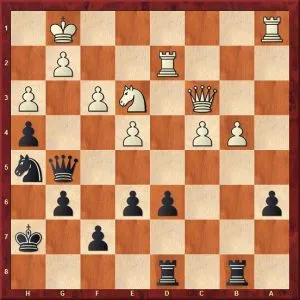
Ter Sahakyan (2580) – Castellanos, R (2515), Leon, 2012
White had been pressing quite a bit in a typical Hedgehog structure. After his last move 39.Qc3, he has ideas like Ng4 or simply capture on a6. Black can still defend passively but I chose to complicate the game with an interesting exchange sacrifice. See the details here:
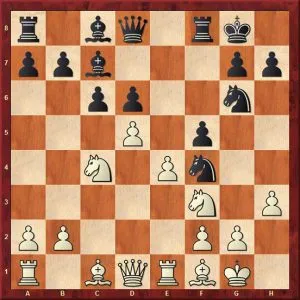
Topalov, V (2816) – Nakamura, H (2814), Sinquefield, 2015
In the position above black has just played the move f5, attacking white’s center. Topalov finds a way that involves sacrificing one pawn for the bishop pair in a fairly open position. He later won the game but that’s not too relevant, what’s important here is that you are able to reason in the same way and be capable of sacrificing material for positional compensation.
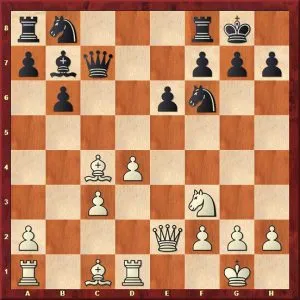
Beliavsky, A (2570) – Kasparov,G (2690), Moscow, 1983
Black has just played the move 12…Qc7, putting pressure on the C file and the pawn on c3. Beliavsky had decent options, as 13.Bb2 or 13.Bd2, with the idea of removing the bishop from c4 and later play c3-c4 with a standard position. However, there is a third candidate move which was the move chosen by Beliavsky 13.Bd3! immediately placing the bishop on the ideal square and daring black to capture on c3.
There is no winning line after that, so it is a sacrifice. Kasparov bravely took the pawn and eventually lost. See what happened:
We hope you have enjoyed this article and found some useful insights on the subject of compensation in chess. The outcome of the examples shown is irrelevant, what matters is the ability of making the decision to sacrifice material over defending passively, play for initiative over leaving things quiet. Thanks for reading.
If you want to improve your chess level, you need to have a clear study plan. If you aim for a dramatic improvement at chess you need to work on all of the elements of the game in a systematic way:
- tactics
- positional play
- attacking skills
- endgame technique
- classical games analysis
- psychological preparation
- and much more
That seems to be like a lot of things, and that is. But no worries, we have made it easy for you. Our comprehensive training course covers it all and much more. Sign up for 21 Day Training right now!
Image Credit: Andreas Kontokanis, Flickr Creative Commons License



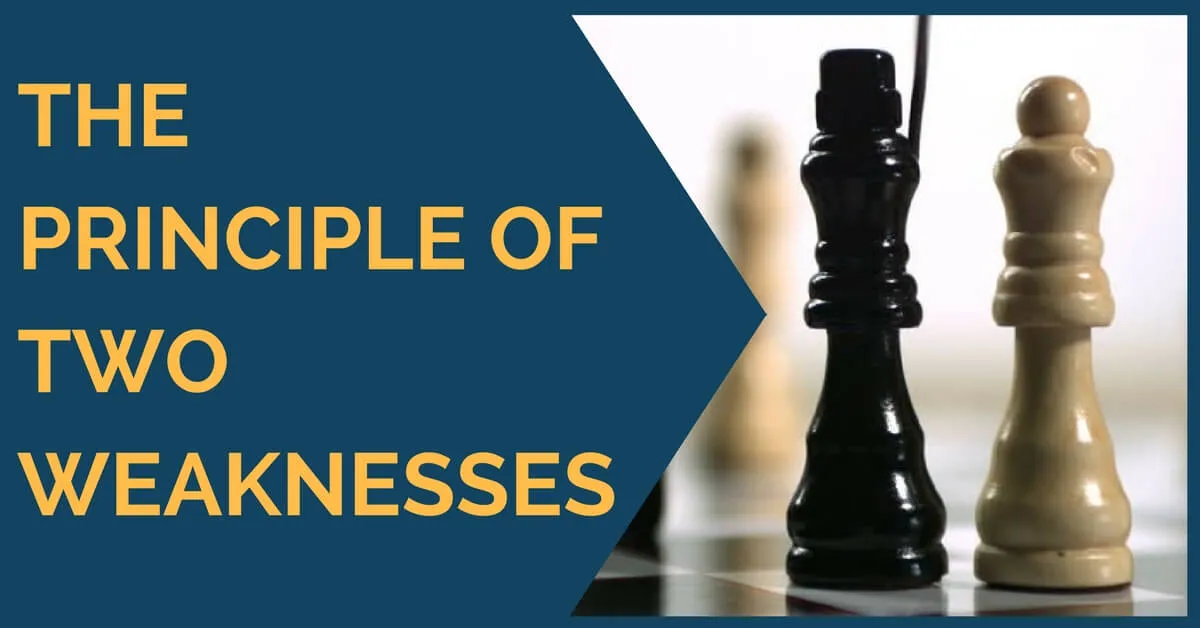

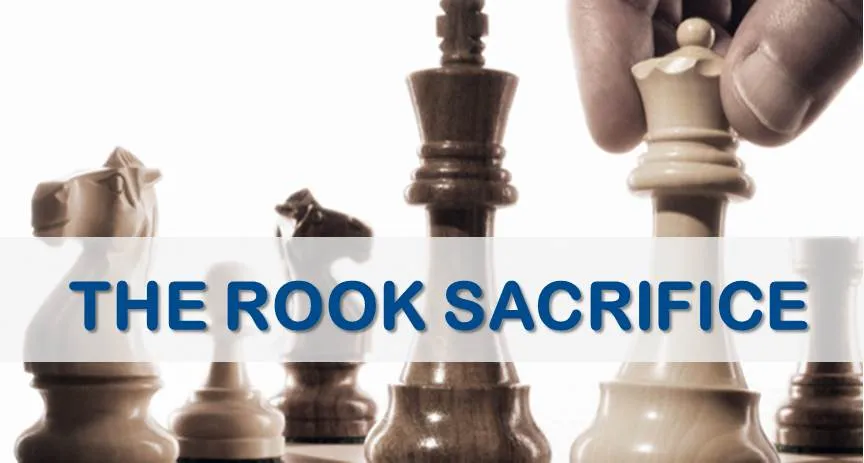




Comments: